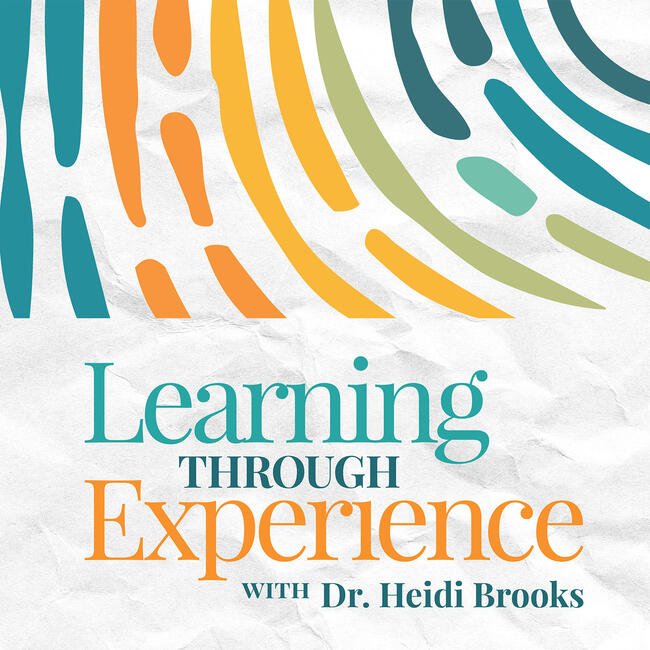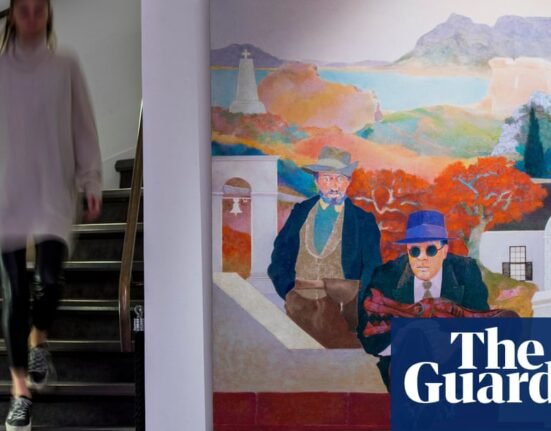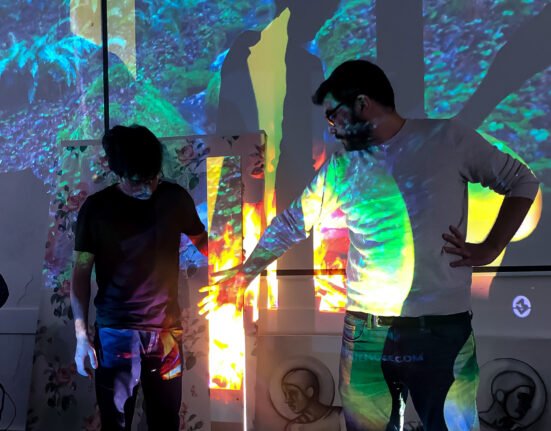Learning through experience requires us to shift from the purely intellectual to a more holistic engagement. I try to create that shift by opening each of my leadership classes with some form of art—a poem, a piece of music or a visual work. It’s a way of helping my students, many of whom are management or law students, executives, or leaders in their fields, step out of their typical “brain-bound” mindset and into a space where they can let their thoughts, emotions and values guide their learning. For many, it’s an inconvenient and unfamiliar approach, but it’s exactly what I believe opens their minds and hearts to walking an unconventional path toward growth.
Dr. Liliana Milkova and I share a passion for this type of experiential learning. The Nolan Curator of Education at Yale University Art Gallery, Liliana uses art to foster reflective, perspective-shifting experiences to encourage people to slow down and engage deeply with what they see and feel. Drawing on her upbringing in Bulgaria and her extensive work in art education, she shares how object-based learning can transform the way we think and connect with others.
I encourage you to experience this episode by watching, versus just listening. Join us as we explore how art can shift the way we think, learn, connect and grow.
Watch this episode on YouTube.
Key Topics
02:19 Learning from Cultural Heritage – Growing up in Bulgaria, surrounded by historical objects, fostered Liliana’s deep connection to experiential learning, teaching her to engage with the world through observation, curiosity and reflection.
09:38 Teaching Through Art – “Teaching through art” rather than “teaching about art” catalyzes deeper, shared learning experiences—making abstract concepts more tangible through observation and personal interpretation.
14:37 Object-Based Learning – Through careful observation and multisensory experiences, learners develop critical thinking skills and form deeper connections with content.
18:00 Collaborative Learning and Perspective-Taking – Exercises like “Back-to-Back Drawing” improve communication and empathy by describing and interpreting objects from different angles.
32:39 Learning How to Learn – Developing individual strategies for processing information and engaging with experiences helps to build confidence and adapt to new situations by embracing diverse ways of thinking.
42:43 Reflection and Slowing Down – Slow down to fully engage with an object and allow time for deeper reflection. Creating space for shared insights and dialogue enhances the learning experience.
Resources







